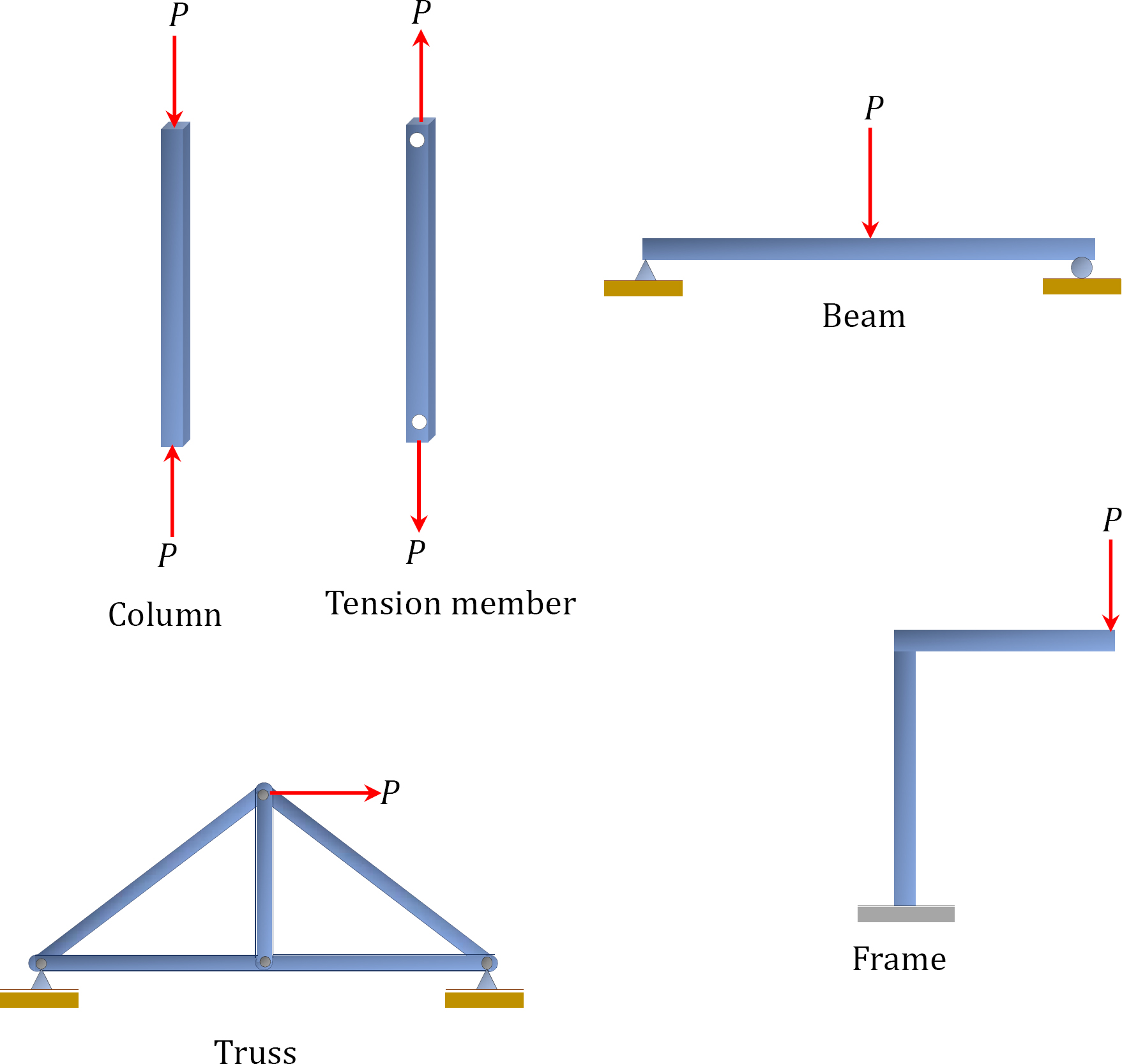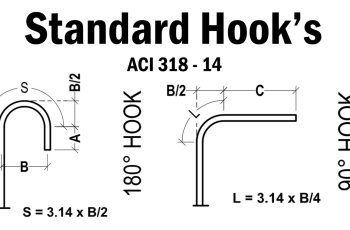Building a strong and stable foundation is paramount in any construction project, and choosing the right footing is crucial. Concrete pier footings are a popular choice for various applications, offering durability and load-bearing capacity. This post will delve into the specifics of concrete pier footings, helping you understand their design, construction, and applications.
Understanding Concrete Pier Footings
Concrete pier footings are essentially columns of reinforced concrete driven into the ground to transfer the weight of a structure to a stable soil stratum. They are ideal for situations where the soil near the surface is weak or unstable. The depth of the pier depends on soil conditions and the load it needs to support. 
Types of Concrete Pier Footings
Several types of concrete pier footings exist, each suited to different soil conditions and load requirements. These include cast-in-place piers, precast piers, and helical piers. The choice depends on factors like cost, project timeline, and site access. Learn more about choosing the right type of pier.
Design Considerations for Concrete Pier Footings
Proper design is crucial for ensuring the longevity and stability of your concrete pier footings. Factors to consider include soil bearing capacity, load calculations, and the overall structural design of the building. Consulting a structural engineer is recommended to determine the correct specifications for your project. [IMAGE_2_HERE]
Construction Process of Concrete Pier Footings
The construction process involves excavating the ground to the required depth, placing reinforcement, pouring the concrete, and allowing it to cure. Proper compaction of the soil is essential for optimal performance. Read our guide on proper concrete curing techniques. [IMAGE_3_HERE]
Advantages of Using Concrete Pier Footings
Concrete pier footings offer several advantages, including high load-bearing capacity, durability, resistance to decay and insect infestation, and suitability for various soil conditions. They are a reliable choice for both residential and commercial construction projects.
Applications of Concrete Pier Footings
Concrete pier footings are used in a wide range of applications, from supporting decks and patios to underpinning existing structures and supporting heavy machinery. Their versatility makes them a valuable asset in many construction scenarios.
Maintenance and Inspection of Concrete Pier Footings
Regular inspection is vital for identifying and addressing any potential issues early on. Look for cracks, settling, or any signs of damage. Early detection of problems can prevent significant repairs down the line. Learn about preventative maintenance strategies here.
Common Issues and Troubleshooting
While durable, concrete pier footings can sometimes face issues such as settling or cracking. Understanding the potential problems and knowing how to troubleshoot them is important. Check out our troubleshooting guide. [IMAGE_4_HERE]
In conclusion, concrete pier footings provide a strong and reliable foundation for many structures. Understanding their design, construction, and maintenance is vital for ensuring a stable and long-lasting foundation. Proper planning and professional guidance can help avoid potential problems and ensure a successful outcome.
Frequently Asked Questions
What are the key advantages of concrete pier footings? Concrete pier footings are durable, strong, and resistant to decay, making them a reliable foundation choice.
How deep should concrete pier footings be? The depth depends on soil conditions and the load requirements; a structural engineer will determine the appropriate depth.
How much does installing concrete pier footings cost? The cost varies depending on several factors, including the number of piers, depth, and location. Getting multiple quotes is always a good idea.
What type of maintenance is needed for concrete pier footings? Regular visual inspection is necessary to spot any cracks or settling issues early.
Can I install concrete pier footings myself? While possible for smaller projects, it’s usually recommended to hire a professional for larger or more complex installations. Find a qualified contractor near you.

